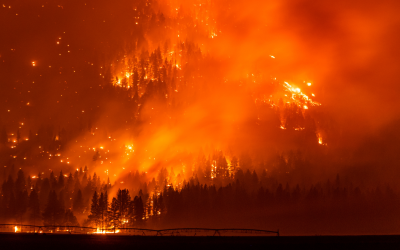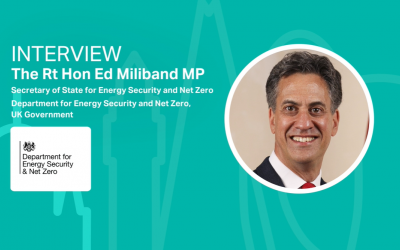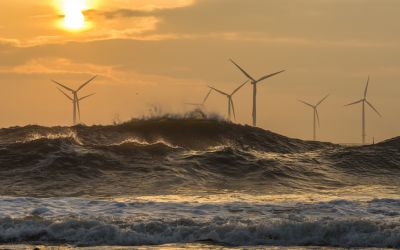Understanding the Energy-AI Nexus: New IEA report
Artificial intelligence has the potential to transform the energy sector in the coming decade, while simultaneously driving a surge in electricity demand from data centres around the world, according to the International Energy Agency’s new report.

Although artificial intelligence (AI) dates back to the 1950s, the past decade in particular has seen rapid development and breakthroughs in techniques, costs and technologies. To illustrate, since 2006, the cost of a graphics processing unit (GPU) per unit of computation has decreased by more than 99%. Further, the amount of data used to train state-of-the-art AI models has increased by nearly 30 000 times since 2008.
The potential of AI seemingly has no limits, and its application to the energy sector is gaining significant traction. It could unlock major efficiency and operational gains by transforming and optimising energy and mineral supply, electricity generation and transmission, and energy consumption. For example, AI can play a key role in managing the complexities of integrating an increasing amount of renewable energy sources into the grid.
However, as the world grapples with scaling up the supply of clean energy sources to meet energy demand, power-hungry AI presents an extra obstacle. As such, affordable, reliable and clean sources of electricity supply will be crucial for the continued development of AI.
AI is a key driver of increased electricity demand from data centres, which is set to more than double by 2030 to around 945 terawatt-hours (TWh), according to the International Energy Agency’s (IEA) special report Energy and AI. The report offers the most comprehensive, data-driven global analysis to date on the energy-AI nexus, aiming to further the understanding of the risks and opportunities of the deepening connection between energy and AI.
Although a diverse range of energy sources will be needed to accommodate data centres’ rising electricity needs, renewables meet half the global growth in data centre demand - according to the report. Natural gas as a dispatchable source will also have a crucial role.
A key consideration for energy security is the expanding demand for critical minerals needed for the construction of data centres and clean energy technologies. These include copper, aluminium, silicon, gallium, rare earth elements and battery minerals. The report provides first-of-its-kind estimates of demand from data centres for these critical minerals. Global supply is today highly concentrated, therefore presenting high risk of supply chain bottlenecks.
The report also notes that, while the increase in electricity demand for data centres is set to drive up emissions, this increase will be small in the context of the overall energy sector. While data centres are among the largest sources of growth in emissions, their emissions peak and decline after 2030, remaining at nearly 1% of aggregate energy sector emissions between 2030 and 2035. These emissions could potentially be offset by the forthcoming emissions reductions enabled by AI if adoption of the technology is widespread, not just in the energy sector, but in industry, transport and buildings, for example. Additionally, the report finds that AI could accelerate innovation in energy technologies such as batteries and solar PV.
However, the potential of AI and its benefits may be held back by grid connection delays, with connection queues growing in many regions, rendering the need for accelerating new investments in grids. Moreover, strengthened dialogue is needed between policy makers, the tech sector and the energy industry to mitigate uncertainty and tackle challenges with a coordinated approach.
Read the full Energy and AI report here.
On 25 June, Climate Action’s Climate Innovation Forum returns for the seventh year, bringing together over 2,000 business leaders, policymakers, investors and civil society representatives in London’s Guildhall to accelerate the speed and scale of climate action. AI’s role in the climate transition will be a key topic, with a focused climate leader insight session about the topic. AI and technological innovation will be a key theme running throughout the other main agenda sessions, as well as roundtables and partner side events.
Find the Climate Innovation Forum’s agenda here.






